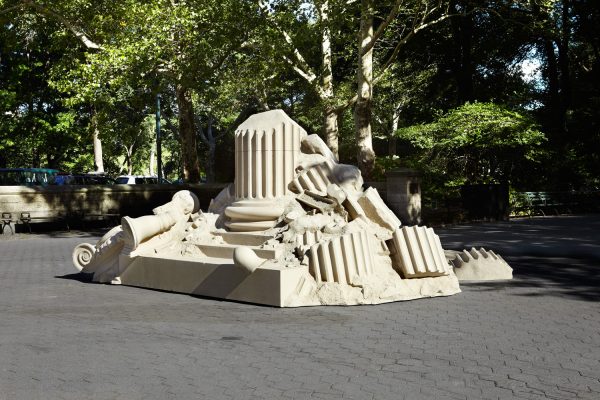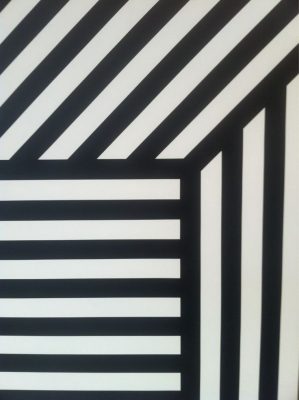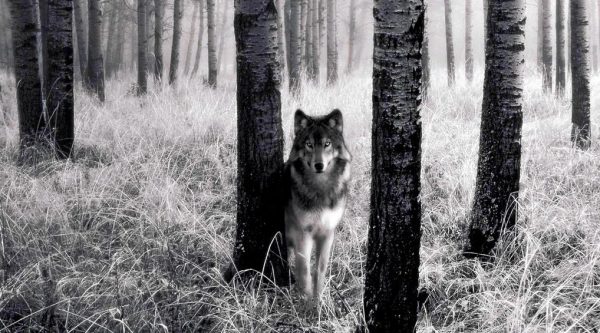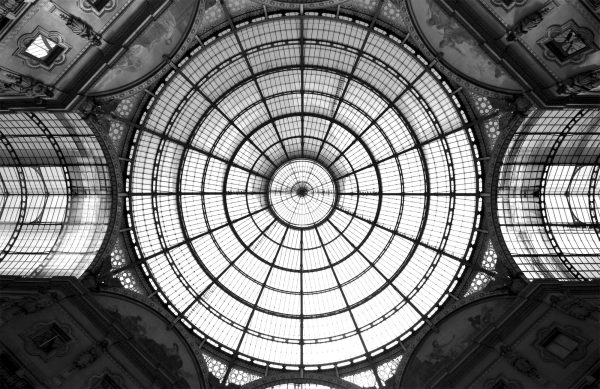London-based conceptual artist Ryan Gander masters the art of storytelling through an immensely complex yet subtly coherent body of work. In the short time since Gander graduated from Manchester Metropolitan University (1999), Jan van Eyck Akademie, Maastricht (2000) and Rijksakademie van Beeldende Kunsten in Amsterdam (2002) his work has been shown in the most enviable institutions worldwide: the Museum of Contemporary Art, Chicago (2010), Manifesta 8, Murcia, Spain (2010), Palais de Tokyo, Paris (2009), Miami Art Museum, Miami (2009), MACBA, Spain (2009) and New Museum, New York (2009).
His early works took the form of lecture/performances delivered to the public , establishing himself as an interactive artist. While his multimedia practice encompasses a vast array of forms, interweaving elements of architecture, design, sculpture and city planning, as well as children’s books, language and performance, all of his works revolve around the nature of art and objects. The misleadingly minimalist appearance of Gander’s world disguises a complex network of tangled narratives. Each one of his objects may act as a vessel for a new story that collectively fit into a greater system in which fictions and realities collide.
The latest challenge for Gander is a public installation in Central Park, with future ones including building a real estate/art project, designing a first class airline cabin and releasing a work of pop music. He confesses that he ‘frequently elaborates, exaggerates and lies which, in turn, makes it difficult for him to remember where things began and differentiate between fact and fiction’.




